
There are times when life can leave us overwhelmed, anxious and stressed.
Here are The 6 Best Yoga Poses for Stress and Anxiety.
In these moments of overwhelm you can turn to Yoga for stress and anxiety. along with other tools like meditation, visualisation, breath work and journaling. These techniques can offer stress relief and fine tune our skills that help to relax our minds and bodies.
During these times of overwhelm, we might need different support at different times. For this reason it is important to not just rely on yoga for stress relief but to have a tool box of resources that you can turn to and call on for support.
‘Now that all your worry has proved such an unlucrative business, why not find a better job?’
Hafiz
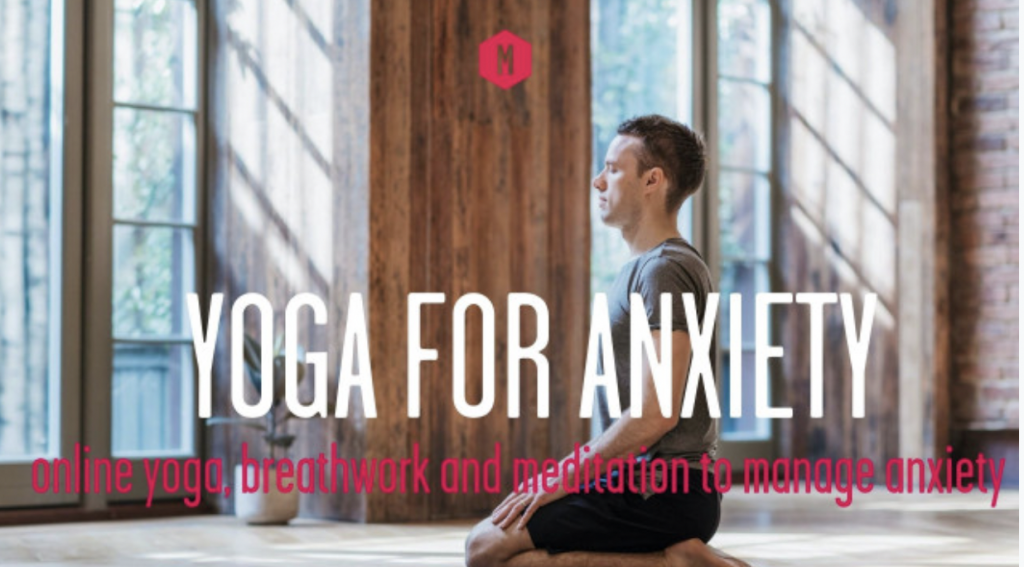
The Best Yoga Poses for Stress and Anxiety:
Legs up the Wall (Viparita Karani)

Legs up the wall is a restorative yoga pose that is very relaxing and has many benefits. It is easy to do with or without props. Once in the pose you may like to cover your eyes with an eye pillow to draw your attention inwards, you can also wrap yourself with a blanket to stay warm.
Start by sitting with your knees bent and one side of your body against the wall. Turn to lay flat on your back and as you do that swing your legs up against the wall. You might have to shuffle your hips slightly further away from the wall.
Your arms can be in any position where they are comfortable and rest here for 10-15 minutes for up to 20 minutes. When you are ready to come out, roll to one side and rest for a few moments before slowly returning to upright.
Restorative Child’s Pose (Balasana)

Childs pose is a deeply restful restorative pose that invites introspection and clams the nervous system. When you are supported by the bolster there is a send of being held and nourished. You can add more props for warmth, height, or weight. Depending what serves you best.
How to do it: Start with a bolster in the middle of your mat between your thighs. If you want extra height you can place one or two blocks under the bolster. Place one folder blanket on the bolster where your head will land, and one blanket between your thighs and belly.
The bottom tip of the bolster should be between your knees and then ease your body forwards to rest on the bolster. Your body is completely supported by the bolster. Turn your head to one side and rest here for 5-15 minutes.
Shoulder Stand (Sarvangasana)
Shoulder stand is a yin inversion, when you are in the pose (or propped up) it is very calming for your parasympathetic nervous system and relaxes your mind and body. A study shows that including inversions (like shoulder stand) in an hours yoga practice can significantly decrease your symptoms of anxiety and depression.
How to do it: Start on your back as if setting up for bridge pose (if using props make sure you’re aligned correctly). Walk your shoulders underneath your upper back so then chest lifts. Then move into bridge. Press into the palms and use them to help you lift higher and eventually life one leg, then the other.
Bend your elbows and place your hands on your low back for support. Lift the chest up towards your chin and expand the upper back. Move the hips forwards and feet upwards to get hips over the shoulders. Take up to 10 breaths in the pose and relax.
Alternate Nostril Breathing (Nadhi Shodhana)
Alternate nostril pranayama is a breathing technique that is very relaxing and cleansing breath. This practice is wonderful for calming the mind, helping the body to relax and will help to cope with anxiety or stress, and can even help with sleeplessness. It is also a great practice to do to settle and prepare for meditation.
How to do it: Sit upright in a comfortable position. Relax your hips and extend your spine. Soften your jaw and close your eyes. Rest your left hand on your left knee in ‘chin mudra’ (thump and index finger touching).
Place your ring finger above your left nostril and thumb above your right nostril. These will alternate to close the nostrils. Take a deep breath in, on the exhale close the right nostril with your thumb and breathe our your left nostril. Close the right nostril with your index finger and inhale through the left. Continue to cycle through this breathing pattern.
Try the practice with Vidya Heisel’s guidance.
Tree pose (Vriksasana)
Balance poses are good for focusing busy minds as in order to be able to balance well we have to find presence and focus. Tree pose is also very grounding as you root through your foot like a trunk of a tree.
How to do it: Stand tall and root through both feet. Then transfer the weight into one food and lift the opposite leg off the ground. Turn the sole of the lifted leg in to face the standing leg and place it either inside the thigh, calf or ankle.
Bring your hands together in prayer and press the hands towards centre. Find a hugging action between your hands and leg/foot. Hold for 10 breaths and release. Repeat on the other side.
Try this Dynamic Stillness Meditation in Tree Pose with Alexander Filmer-Lorch
Seated Forward Fold (Paschimotoasana)
Forward folds are calming for the nervous system and relieve anxiety. Take time to turn inwards and fold forwards to relax and unwind. This pose can also help you to sleep deeper, and can be done as a restorative pose with support (like a bolster) underneath your chest and belly.
How to do it: From dandasana, sit tall. You might choose to sit on the edge of a folded blanket or soft block. Inhale to lift up your arms, exhale and extend your spine and arms forward, hinging at the hips. Rest your hands on your legs or the floor. Hold for 5-10 minutes, breathing slowly and closing your eyes.
Reclining Bound Angle (Supta Badhakonasana)
Supta Badha Konasana is a very relaxing pose that is very grounding, calming and helps us let go of anxiety. With the bolster under your back it lifts your chest and makes the pose a heart opener.
How to do it: Bring the bolster behind you with the bast of the bolster touching your sacrum. Slowly lay over the bolster, using a blanket or cushion for support under your head.
Bring the soles of the feet together and option to place blocks or cushions under your knees for support. Rest your hands on your body and breathe slow and deep. Stay here for 10 minutes.
Try Breathe Deep and Restore with Dirish Shaktidas
Kundalini Yoga Kriya

You can try a fun Kundalini yoga kriya with Kiranjot.
This kriya is specifically for dealing with overwhelm and has clapping and gong sounds to clear your energy and relieve anxiety.
This is perfect for when you’re tired and have limited energy as the class takes place seated. Shake, drum, clap and move – get free and clear your negative energy and overwhelm. Class ends with beautiful gong relaxation and a mantra for trust.
To navigate your way through stress and anxiety it is useful to understand what is anxiety, the symptoms and causes.
What is anxiety?
Anxiety is a psychological, physiological or behavioural state of uneasiness or uncertainty. It can also show up as a feeling of fear or dread.
For a great introduction to start understanding Anxiety better you can begin with, psychotherapist, Kelly Hearn’s audios. These audios also offer short exercises to support and help with managing anxiety:
- Introduction to Anxiety
- Working with the body
- Working skilfully with the thoughts
- The gifts of anxiety
What are the symptoms of anxiety?
We can all experience anxiety in different ways, you might experience:
- Physical changes in our body
- A racing mind
- Over-thinking
- Difficulty to focus and concentrate
- Feelings of irritability
- Changes to the breath
- Difficulty sleeping
These symptoms are common, the American Psychiatric Association estimates that 30% of adults can have symptoms of an anxiety disorder at some point in their lives.
What is the difference between feeling anxious and having an anxiety disorder?
Symptoms of anxiety range on a spectrum and many of us have symptoms of anxiety. However, it only becomes a disorder if anxiety symptoms start to interfere with your basic ability to function over a prolonged period of time.
Some anxiety disorders to be aware of are:
- Panic disorder
- Phobias
- Social anxiety disorder
- Obsessive compulsive disorder

What are the causes of Anxiety and Stress?
Anxiety can occur when we are either overestimating threats or underestimating our ability to deal with fears.
Anxiety and stress can be as a result of nature, nurture, genetics, or often a combination of all the above.
- Genetics: Genetic research has proven that babies and children have a varied response to stressful situations, concluding that there is a genetic sensitivity to both positive and negative stimuli.
- Nurture: Nurture plays a big role as the seeds of your anxiety and underlying stress are often planted in the past, or earlier years. They are simply activated by triggers and stimulus in the present. This is where psychotherapy, personal work, and yoga practices can begin to help. Tools that bring us more into the present can help us to loosen the grip of the past and be more aware of our triggers and reactions.
- Nature: We are also affected by the world around us, it is hard not to be affected by the constant bombarding from the news and social media world. Emotional responses are constantly being triggered as our nervous system is being overwhelmed by news and threats from all over the world.
Understanding the different ways in which anxiety and stress develop can help us to be more compassionate and understanding towards ourselves when we have these feelings. It is a big step to accept these feelings and rather than being ashamed of them.

Can yoga help with stress and anxiety?
Now, the important question, can yoga help us to deal with stress and anxiety?
The answer is definitely yes you can definitely use yoga for stress and anxiety relief.
The impact of anxiety can be detrimental on your life and leaves you looking for ways to feel better. Rresearch has shown that whilst many people turn to medication for anxiety disorders, there are a large amount who are not entirely comfortable with the side effects and associated risks. Many people are also ‘treatment resistant’ or simply find the medication prescribed ineffective (Baldwin and Polkinghorn (2005). As a result around 56% of people (Kessler RC, et al) living with anxiety disorders seek out complementary medicine and alternative treatments and lifestyle changes, such as meditation and yoga for anxiety.
“Some postures are challenging, but you are learning to relax under physical duress and this can help you handle long-term anxiety.”
Heather Mason
There are many reasons that yoga is such an important tool to turn to for stress and anxiety:
- Non-violence and compassion: Through the practice of yoga we learn about the yamas and niyamas, our yoga commandments. The first one of these is ahimsa, non-violence, and teaches us to be compassionate and loving to ourselves and others. The way we move through our yoga asanas, poses, and classes, can become a training ground for how compassionate and kind we are to ourselves as we move through more challenging moments of our lives too.
- Listen inwards: Yoga also teaches us to listen inwards so we are able to better understand what we are feeling and need. Adam Hocke shares how yoga can help us explore our feelings. This is an important piece of the puzzle as we are often taught to distract ourselves from our feelings. Sometimes we may have been told that feeling our feelings is wrong, a weakness or something to be ashamed of, so we have buried our feelings instead of listening to them.
- Explore and express: Anxiety can show up precisely because of not allowing our feelings to be expressed. Maybe we have learnt to suppress or distract ourselves rather than to feel and release them. Yoga is an opportunity to slow down, listen inwards (pratyahara), and to explore how we feel. This is one reason you may start crying in the middle of a yoga class and not know why!

Try: This yoga class for ‘Your difficult emotions’ with Adam Hocke
How does yoga reduce anxiety and stress?
“If our muscles are tense, we unconsciously interpret these tension as foretelling the existence of danger, even when none exists.”
Peter Levine, Founder of Somatic Experiencing
As Chris Streeter (author of study in Journal of Alternative and Complimentary Medicine) says, “there are no magic bullets or pills that completely treat depression or anxiety — yoga is another tool available,” many of the stress-related disorders are simply signs of an imbalanced nervous system and “Yoga helps to correct this imbalance”.
Three tools you learn through yoga practice that help to reduce anxiety are:
- Movement – yoga asanas
- Breath – Pranayama
- Meditation – and mindfulness
Movement – Yoga for stress
Yoga gets you moving and active. When you move your body you improve your circulation of oxygen, this releases endorphins like serotonin and dopamine which improve your mood.
When you move your body you also release muscular tension and this induces a relaxation response. You get this more through long held stretches like in Yin Yoga. A more challenging movement practice can be good if you experience anxiety through restlessness and it is hard for you to be still. In this case try Vinyasa flow and morning sun salutations. Challenging classes can also teach us the physical lesson that everything in life fluctuates. Yes a pose may be difficult and demanding but after a few breaths it is over and the body can relax and soften again.
TRY: A stress-relief class ‘Come home to your Body’ with Vanessa Michielon
Breath – Breathing for Anxiety
Breathing exercises in yoga can be good for calming the mind and helps you to focus and be present.
Controlling the breath helps to regulate the nervous system. The way we breathe can very quickly change our response to stress stimuli. We literally alter our physiology through changes in how we breathe.
Anxious breathing is shallow and fast, whereas relaxed breath is associated with slow, long, deep breaths. When we breathe fully we stimulate our Vagus Nerve. The Vagus nerve is the main nerve that controls our Parasympathetic Nervous System – the system we want to stimulate to rest, relax and feel safe. The parasympathetic nervous system slows down our heart rate, inhibits the production of stress hormones and as a result reduces stress and anxiety in our body.
TRY: Breathwork: Breathing for Stress & Anxiety with Daniel Peppiatt
Meditation – Meditation for Stress and Anxiety
Meditation creates space.
When we are anxious we are often stuck in repetitive thought patterns and focus on the past or future. If we train our mind to interrupt patterns and come back to the present moment it can reduce anxiety and stress. This practice can also create new healthier pathways and patterns.
Through meditation you can focus the mind and practice observing and accepting your thoughts. Finding this space and stillness is sometimes easier after doing a yoga class when the body has been moved and the mind is a little calmer, or you can start by downloading our MFML app and walk in nature while listening to an audio meditation.
The key is to start small and gradually build your meditation practice, slowly become more aware of how and where you are holding tension in your body and let it fall away.
TRY: Meditation: Intimacy with Being Here with Mimi Kuo-Deemer
We recommend:
- Sign up for the Yoga for Anxiety Course – A four-week course to help you address your relationship to anxiety. There are 28 yoga, meditation, breath work and visualisation classes, plus articles from a psychotherapist to offer additional support.
What else can I do to ease my anxiety?
Aside from practicing yoga for anxiety relief, there are many other tools to deal with symptoms of anxiety and stress. Here are a few suggestions:
- Get outdoors and connect to nature
- Journal
- Talk and connect
- Sleep well
- Eating well and staying healthy
- Natural remedies and herbs
Get outdoors and connect to nature
Rewild yourself and take time away from your digital screens. Looking for inspiration? Try the ReWild Yourself Course and read how connecting to the wild has helped Dan Peppiatt to stay connected to life.
Journal
Putting your thoughts onto paper can help to take them out of your head. Looking for some inspiration for your journaling? Watch the Introduction to Journalling with Ash Bond and follow the series on journaling if you want more guidance. Or just free flow with your writing and write whatever comes to mind for 5 minutes straight!
Talk and connect with others around you
This might be to a therapist or expert like Kelly Hearn, or it might be with friends or like-minded community. Joining live workshops where you can connect to other people and share your experience can help you to feel more supported and less alone.
Sleep Well
It is estimated that about 9~15% of the people in the world suffer from insomnia which causes severe after effects in the day time
Liu et al
‘Research shows that insomnia can trigger anxiety, and symptoms of anxiety then continue to prevent good sleep. This makes getting good quality sleep really important. When you’ve had a good night’s sleep it can be easier to focus throughout the day, you have more energy to enjoy social activities and to do physical exercise.
The challenge is both to fall asleep and to stay asleep without waking up and worrying in the night. For better sleep hygiene it is important to ‘build healthy sleep habits and a consistent routine’.
- Here are some top tips for getting good quality sleep.
- A great way to calm an overactive mind before bed or in the middle of the night, is by listening to sound healing audios or a Yoga Nidra practice in bed.

Eating well and staying healthy
It might sound obvious but food can play a big role in how you feel mentally. Taking care of yourself through food can also be another healthy routine to building into your day. Lindsey Whistler (MFML resident nutritionist) shares how food and diet can provide secrets to ageing well. This includes foods and nutrients that reduce stress levels and also the effect that stress can have on ageing and health.
Natural remedies and herbs
Research shows that herbs and natural remedies can be very useful for supporting stress and anxiety disorders. Some natural remedy suggestions are:
- Lavender. Try a balm, essential oil, or candles
- Chamomile tea
- Lemon balm essential oil or tea
- Bach Flower Remedies such as Water Violet or Cherry Plum
Yoga for Stress and Anxiety: Where do I start? What yoga and meditation classes can I do to ease anxiety:
There are so many styles of yoga available to us, some yoga styles might be better for anxiety and some could even trigger it.
It’s hard to know where to start, so here are some suggestions to help you in times of stress, overwhelm and anxiety:
Yin Yoga
A floor-based yoga practice where poses are held passively for a length of time, often a few minutes. Holding poses for a longer period of time works into the connective tissues (ligaments, joints, bones and fascia) rather than the muscles, it can also help prepare the body to sit for periods of time in meditation. Energetically, it taps into our ‘chi’ and helps improve the flow of energy round the body. The practice of yin yoga gives you space to turn inwards and tune the mind and body to physical sensations. The stillness of a Yin practice is very good for calming an anxious mind.
TRY: Yin Yoga for Overwhelm with Dirish Shaktidas
Restorative Yoga
Restorative yoga allows the body to experience deep relaxation through a series of long, passive stretches that are fully supported by props so that the body does not feel any tension at all. It is a practice to release habitual long-held tension, calm the nervous system and promote relaxation. This is a great practice when you’re feeling overwhelmed or stressed.
TRY: Restorative Sequence with Jean Hall
Sound Healing
Sound healing is the therapeutic application of soundwaves (frequency) to a person with the intention of bringing them into a coherent state of balance and harmony. In our noisy world many people find themselves stressed of anxious, and their sleep can be affected. Sound healing audios can be used as a tool for relaxation as they enhance the relaxation response of the nervous system and changes your brain wave state to take you to rest. Sound works on different levels including the mental, emotional, spiritual, and physical levels.
TRY: Sound Healing: Letting Go with Kirsty Norton
Yoga Nidra
Also known as yogic sleep but is in fact a state of consciousness between waking and sleeping in which the body and mind are fully relaxed and which is conducive to emotional and physical healing. It works by following a guided relaxation and is an effective tool for deep rest and connection. Yoga Nidra can help to improve sleep, reduce stress and anxiety, help us to centre ourselves and find the truths hidden within our hearts.
TRY: Yoga Nidra Element Series: Earth with Lucy McCarthy
Meditation
Meditation lies at the heart of yoga and is a practice requiring a single pointed focus. There are many different ways to meditate: with the repetition of mantras, listening to sound or on the breath or with the use of imagery or through visualisation. If you find closing your eyes anxiety-inducing, you can practice with them open instead.
TRY: Meditation: Befriending Your Whole Self with Gabriella Espinosa
I’m a beginner… is there a course on yoga or meditation for anxiety?
YES!
The benefit of starting with a course is that it is a great way to help you build a regular practice, plus it will offer a series of specific classes designed to address your specific needs.
Take the anxiety out of selecting a class everyday and perhaps you’ll discover something new which you’ll love, and find helpful and supportive.
The Anxiety Course
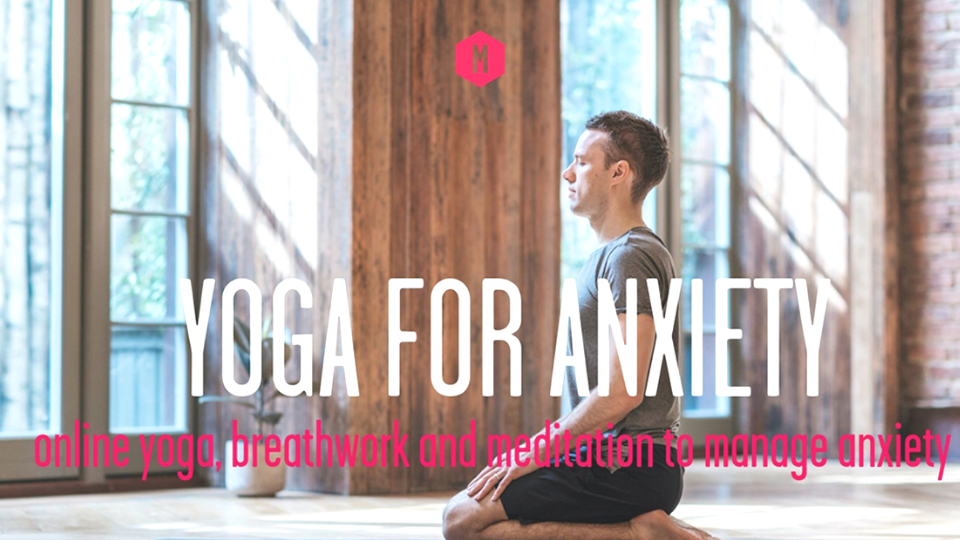
There are times when life can leave us overwhelmed and anxious. Yoga, meditation and visualisation, breathwork and journaling can help. This is a four-week course to help you address your relationship to anxiety through a variety of yoga, breathwork and meditation classes, along with journaling visualisation, and articles on anxiety.
Embrace Your Essence
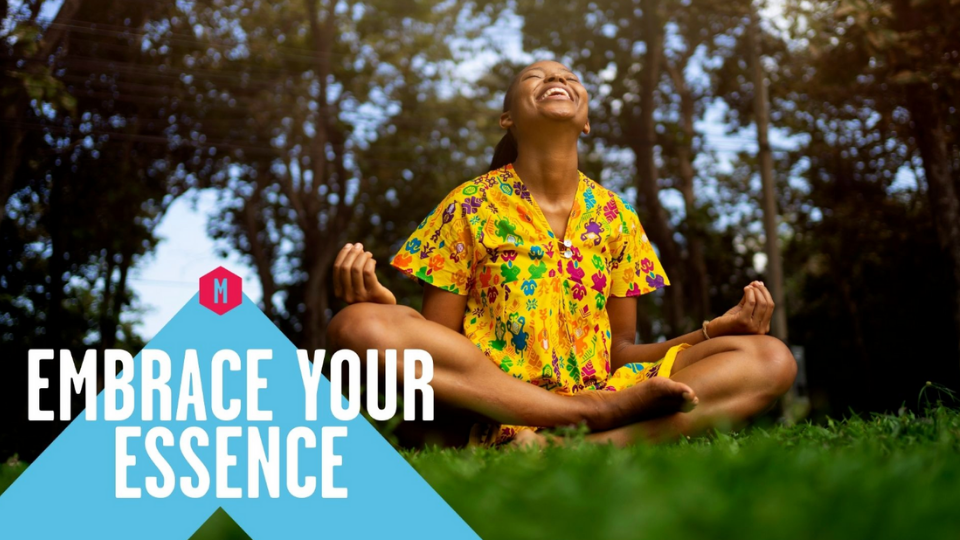
This course takes you on a journey to activate your inner wisdom, your essence. Accessing this area gives you energy, strength and vitality. You will feel connected, grounded and spacious. The videos are all gentle Hatha yoga with meditation and breath-work included. The classes are suitable for beginners and most bodies.
Take Heart and recover gently
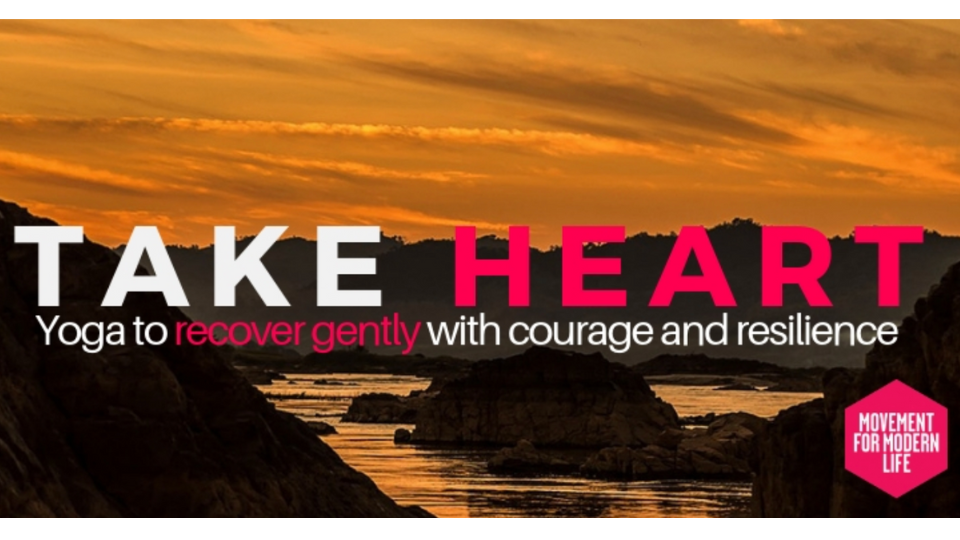
This course helps you build courage and resilience for life’s challenges. It is designed to help you recover from periods of high stress, illness, or general life challenges. In times like these our yoga practice can support us to develop physical, emotional, mental and spiritual courage to face our fears and build our strength as we recover our sense of self and of health.
The 10 day Breath Challenge
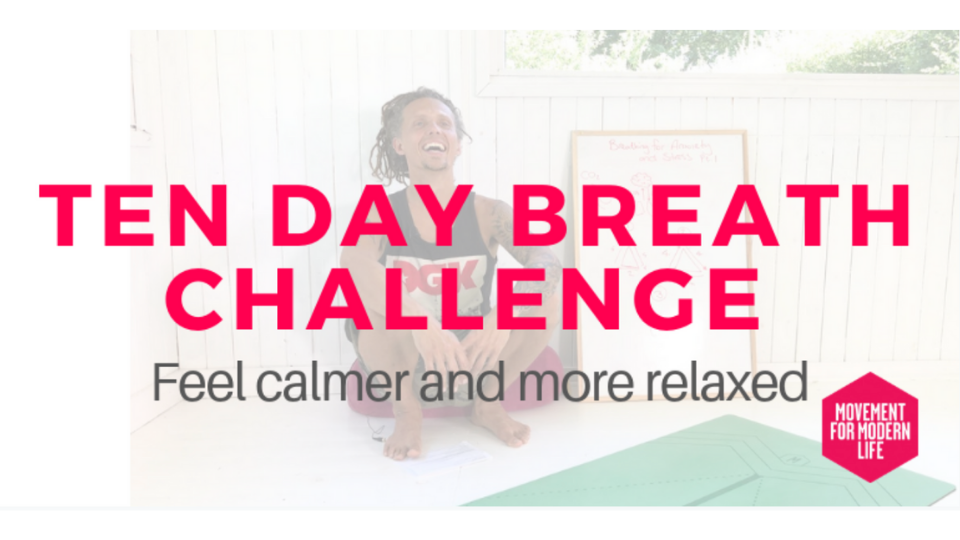
with Dan Peppiatt – Breathing is one of those yogic tools that folks find really hard, and it does take quite a bit of ‘unravelling’ of our old patterns to find new, conscious ways of breathing that can be learned and then used as an essential tool for health, for life. This course can help you if you suffer from nerves or anxiety, and if you want to learn how to find calm no matter what situation you are in.
Meditation Course
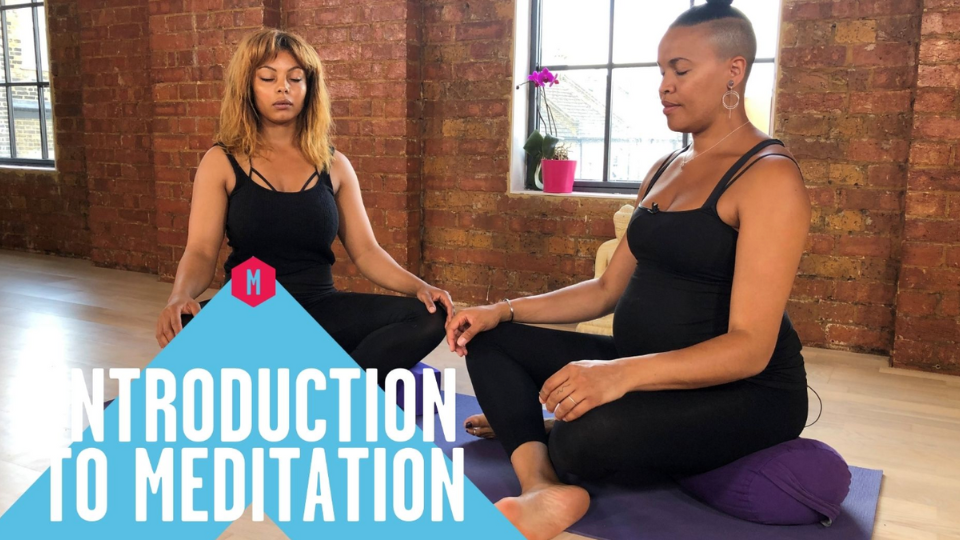
with Nikita Akilapa – This is an Accessible Introduction to Meditation and how to use the breath to anchor you. Each meditation in this series invites you to focus on the breath in a different way to help you land in the present moment and move into your body. This is open for all levels and complete beginners, there is no failure. Only meditating. The act of meditating is to mindfully watch the thoughts, rather than to carelessly engage with them.
Further reading to understand anxiety:
- Working constructively with anxiety | Kelly Hearn
- An introduction to working with anxiety | Kelly Hearn
- Brain Boosting Herbs
- Four Yoga Poses to Avoid if you have Anxiety
- How to Meditate in Bed to Calm your Mind
Other tools you can try:
- Yoga for Stress and Anxiety on Movement for Modern Life
- The one minute breathing technique to calm you down.
- Self compassion exercises by Dr Kristin Neff.
- Kundalini Kriya for Overwhelm with Kiranjot
- Mindful Movement to Unwind and De-stress with Amy Holly
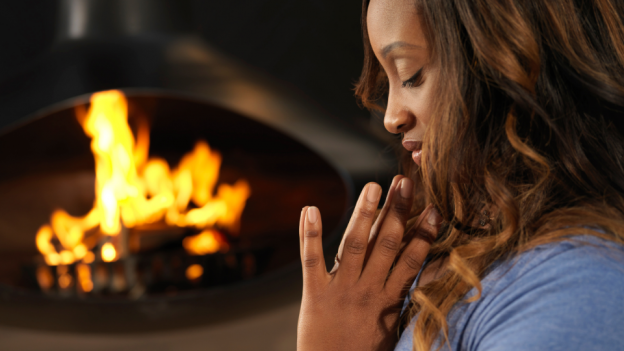




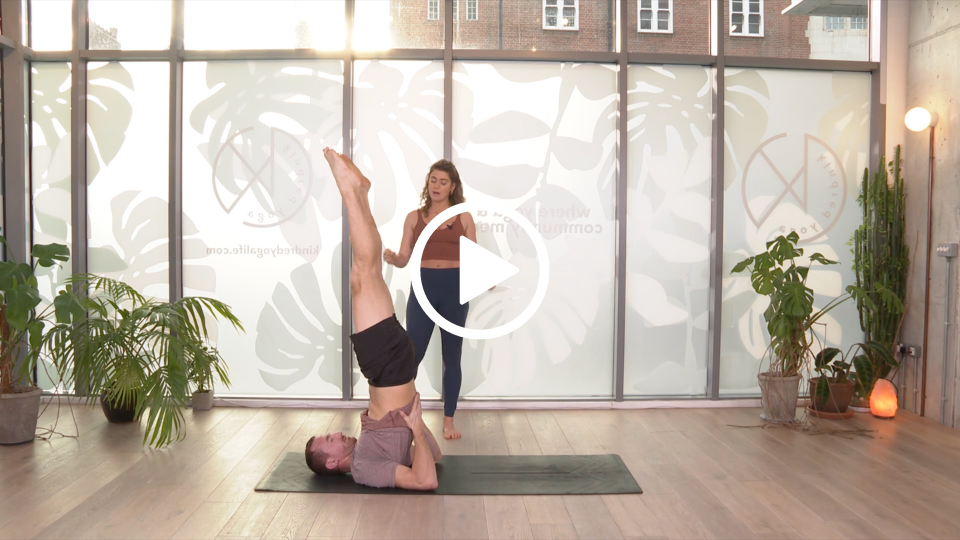


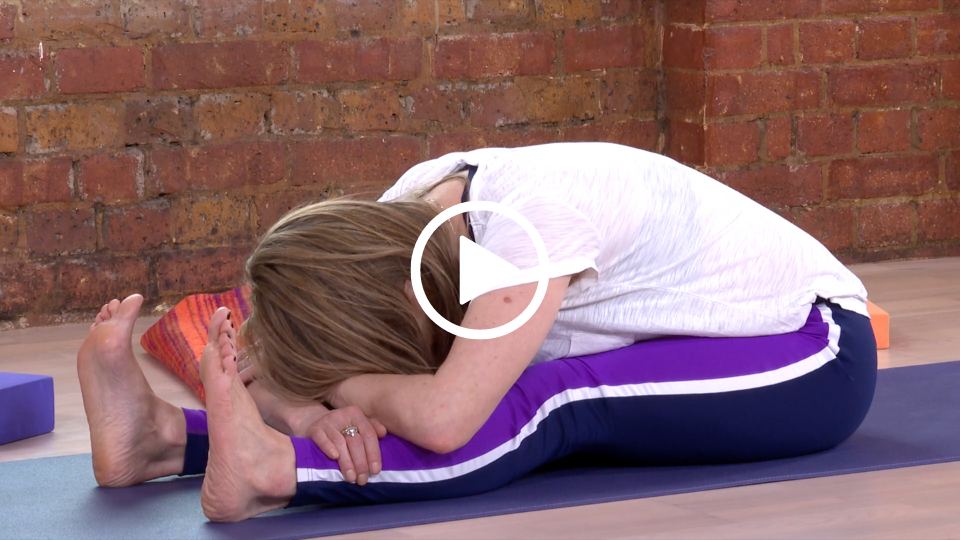
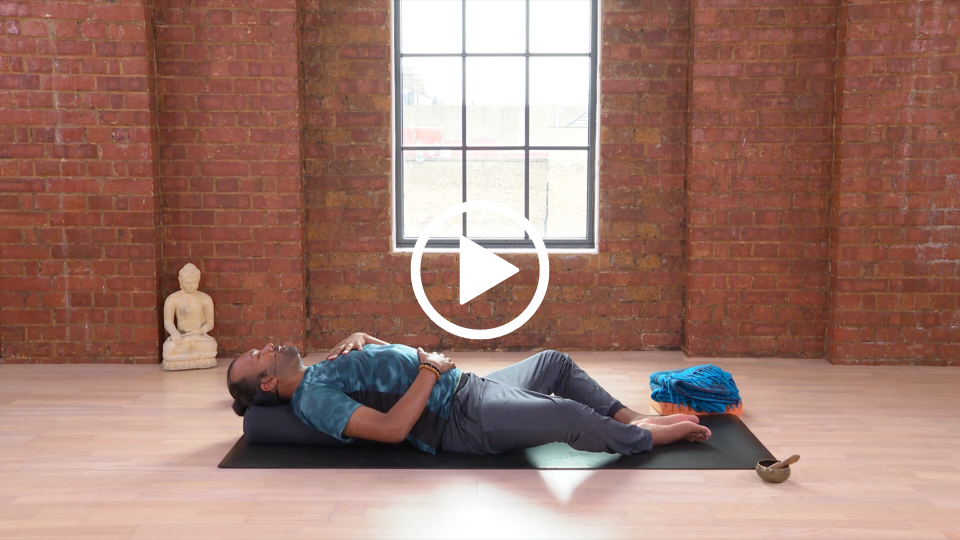








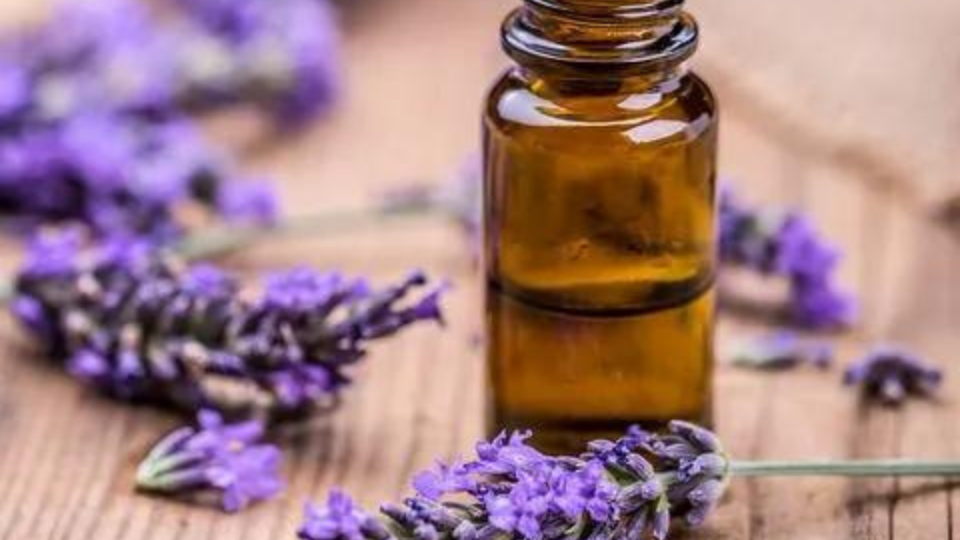
Leave a Reply